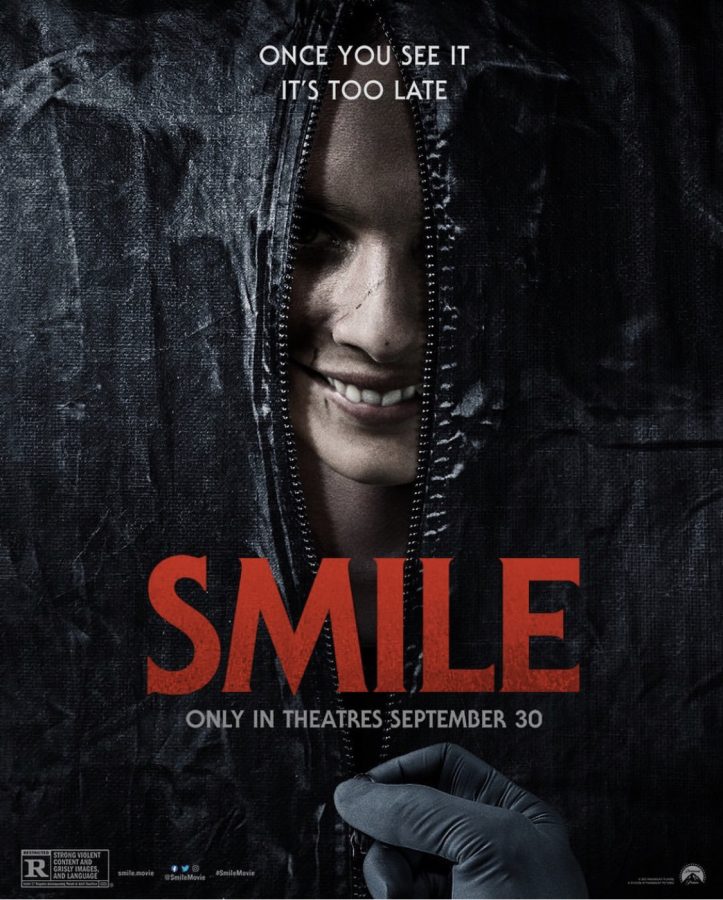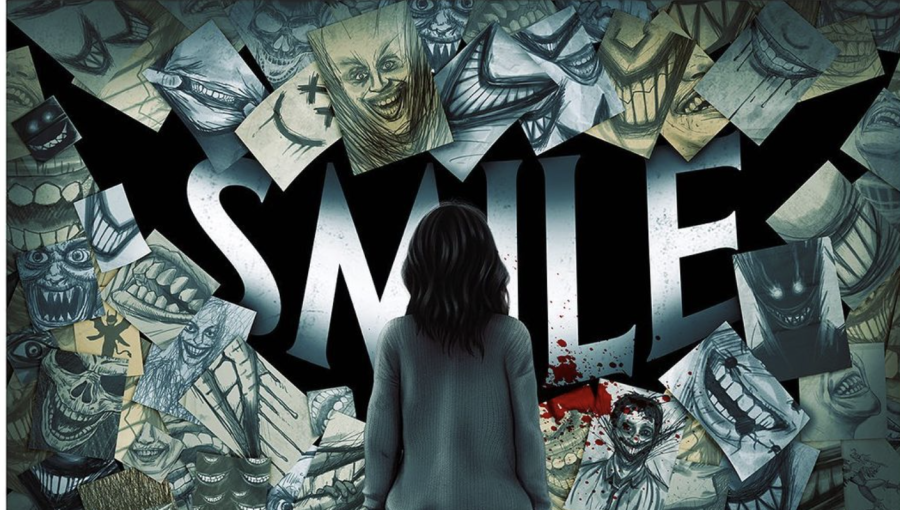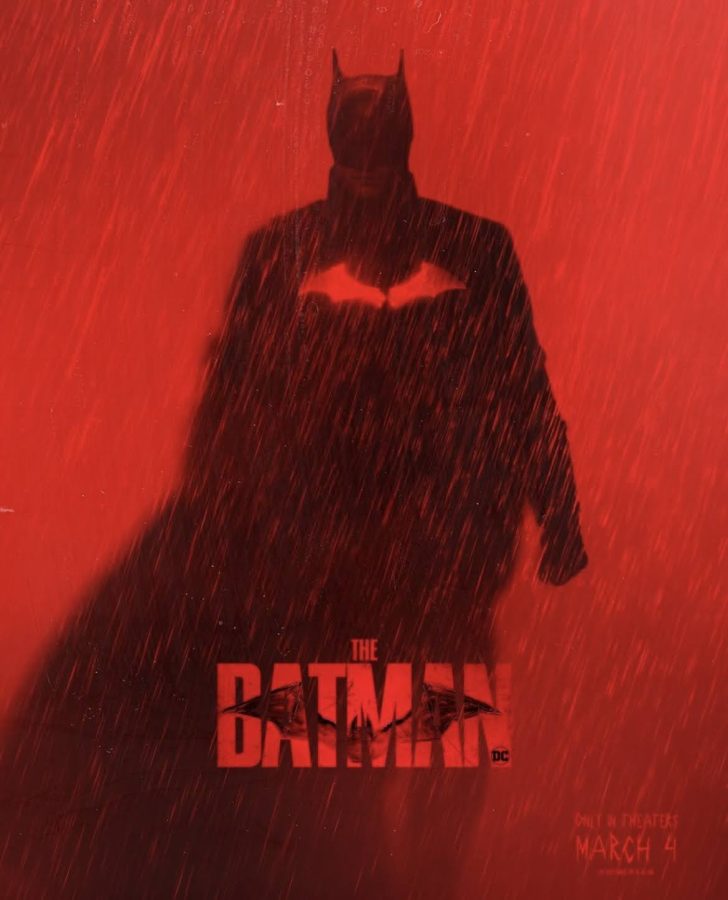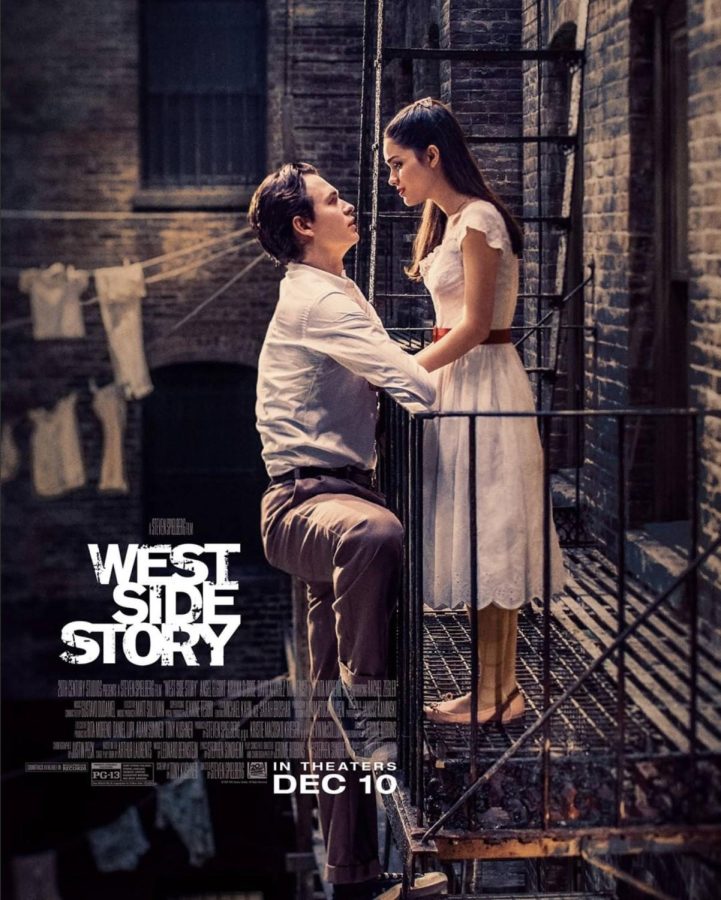In 1988, the people of Chile were given an option: they could either vote to keep dictator Augusto Pinochet in power for another eight years or abolish the dictatorship. The people could either vote “Yes” or “No,” and the vote would decide whether dictatorship would continue or if democracy would be instituted. As the title suggests, the film follows the “No” advertising campaign.
René Saavedra, a successful advertisement creator, has been hired to help the “No” campaign with its ads. The country of Chile had been plagued by government-approved abductions and murders, and many people in the “No” campaign want to exploit this corruption. However, Saavedra believes that the people who would vote no but are too scared to would respond better if the ads, while still including the same subject matter, were done in a more humorous and happy manner. The best comparison to any movie now would be that this is Chile’s version of Argo. It’s a movie about politics, which brings in a young advisor that offers an unconventional way of handling the situation.
The film, directed by Pablo Larraín, feels incredibly authentic and captures the atmosphere quite well. This can be attributed to Larrain shooting the film with cameras available during the 80s, and he shoots the film docu-drama style. He captures really gritting scenes that seem more like found footage than a fictionalization of the events. Another quality to note is the acting of leading man Rene Saavedra. Though the film is subtitled, Saavedra displays a wide range of emotions, but does so when it’s reflective of his character. Often, he remains calm and level-headed, much like the confident ad consultant that he is
No was nominated for a best Foreign Film Oscar this past awards season, and it’s no doubt why: the film is tense, humorous, but above all, it offers good political commentary as well as social. It is filmed in an unconventional way and supported by a strong leading performance.











